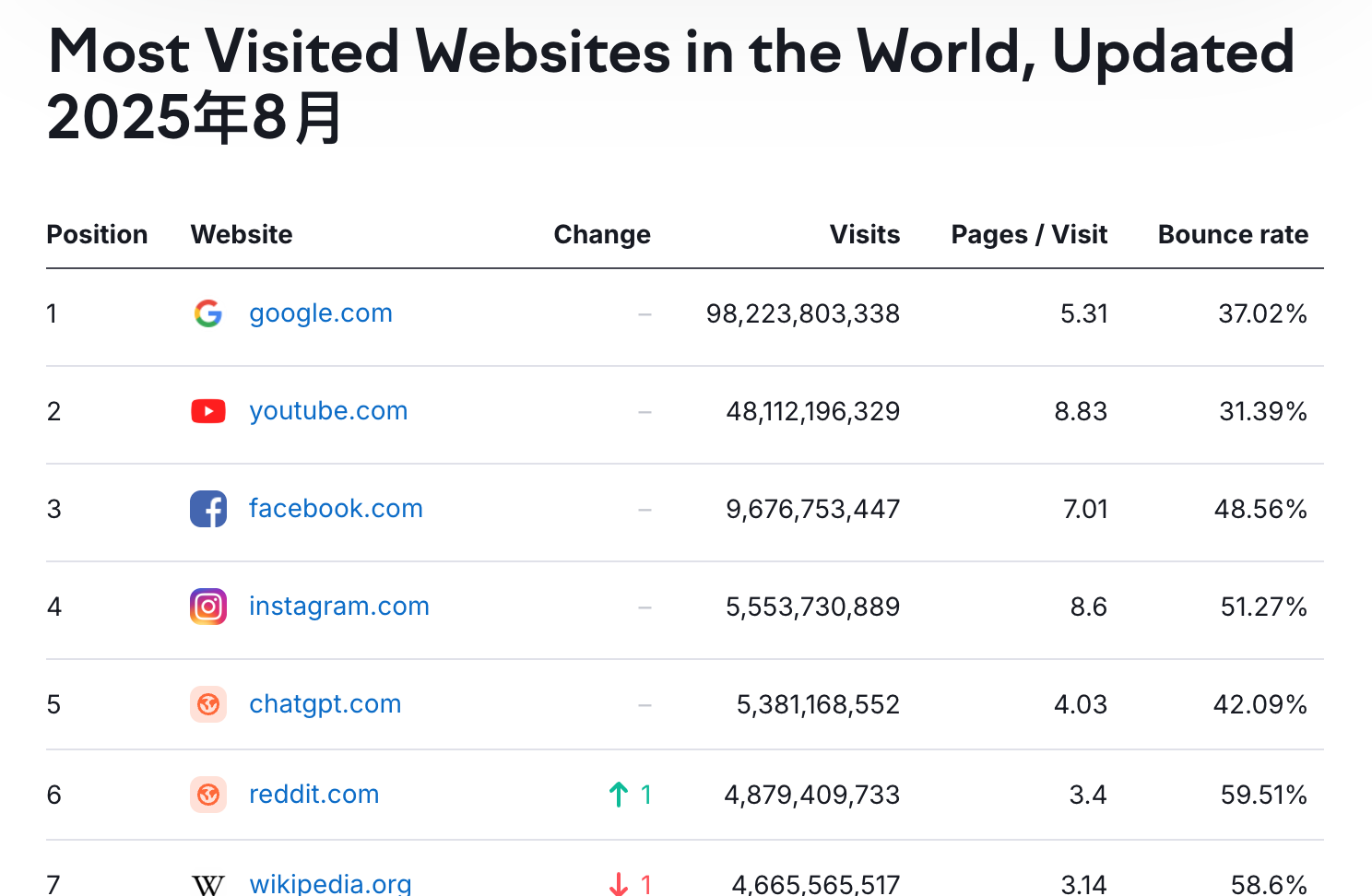I’m Cayden, an independent developer.
Since 2018, I’ve been exploring the path of indie development, creating WeChat mini-programs, iOS apps, and websites.
However, because I wasn’t fully committed, most of these projects were just “built” but never truly took off.
At the beginning of 2025, I received a domain renewal reminder email from my domain registrar. That’s when I noticed—my first domain has been registered for over 10 years.
Ten years ago, I bought this domain to create a personal blog. The goal was simple: record my learning and showcase my work.
Over the past decade, the website’s content has changed countless times, from technical notes to product showcases, to casual sharing, but I never managed to sustain it properly.
While the domain fees weren’t high over the years, after a decade, it’s not a small amount. More importantly, it made me realize a fact:
Ten years have passed, and I still haven’t truly turned a website into a “product.”
So, this time when renewing, I made up my mind to start fresh.
No longer just maintaining a blog, but treating the website as a real product to seriously develop.
Many people ask, it’s 2025 now, and you’re still building websites?
Indeed, the traditional “webmaster era” has long passed, and domestic traffic is almost monopolized by major super apps.
With the rise of AI, even search engines might be replaced in the future. So what’s the point of websites?
For me, the answer is simple—open, fast, and low-cost.
Ten years ago when I was choosing my direction in college, the hottest field was iOS development, which seemed high-end and profitable.
I chose the relatively “niche” Web frontend development at the time.
Because I believed in the openness and standardization of the Web.
It’s one of the few truly “write once, run everywhere” technology stacks.
As internet speeds improved and browser performance enhanced, I firmly believed that the Web would unify all application forms.
Ten years later today, this ideal hasn’t been fully realized.
Mobile ecosystems are tightly controlled by closed systems, and the domestic internet is divided into information silos by super apps.
But I still believe that the value of the Web has never disappeared.
💡 Why I Still Choose to Build Websites#
1. Low Development Cost
The Web is truly cross-platform—one codebase can run on all systems.
In comparison, apps need separate iOS and Android versions. Even with cross-platform frameworks (like Flutter, React Native), you often need platform-specific adaptations, with higher learning costs.
2. Low Channel Cost
App publishing requires going through multiple channels, with cumbersome processes and reviews; mini-programs are similar.
Websites only need to be deployed once to be accessible and indexed globally.
One commit, one push, and you’ve released a new version.
3. Freedom and Control
Websites belong to you, not dependent on any platform, not limited by algorithms or review rules.
This is the most precious freedom for independent developers.
⚙️ In the AI Era, Websites Still Have Opportunities#
AI has indeed changed how information is distributed, causing significant traffic drops for many content-based websites (like Stack Overflow).
But this doesn’t mean websites have no future—we just need to change our approach.
First, build “tool-based” websites, not pure information websites.
AI excels at summarizing and generating information, but it’s not yet good at interactive tools.
Therefore, tool-based websites that provide functionality, services, or personalized experiences (like generators, timers, visualization tools) still have strong survival potential.
Second, learn to “go global.”
Domestic users are more accustomed to using apps and mini-programs, while international users still primarily use the Web through search engines. The chart below shows the latest website traffic data from semrush for August 2025, with Google still being the world’s most visited website.
As of August 2025, google.com is the most visited website in the World, attracting 98.22B monthly visits. youtube.com follows with 48.11B visits, and facebook.com records 9.68B visits.

Latest website traffic data from semrush for August 2025, Google remains the world’s most visited website.
More importantly, international users have better payment habits and higher willingness to pay.
While domestic websites might have limited traffic, overseas, an excellent tool-based website can easily achieve substantial revenue through ads or subscriptions.
Finally, AI tools have boosted development efficiency by an order of magnitude.
In the past, a website might take weeks or even months to launch.
Now, with AI assistance, you can build a prototype in a day.
If building websites is like playing with blocks, AI has already built 80% for you—you just need to add the final piece.
🚀 Starting Fresh#
Looking back, my motivation for building websites has changed from “learning technology” to “finding direction.”
Ten years ago, I built websites to showcase myself.
Ten years later, I build websites to make them a career.
In the AI era, building websites might no longer be trendy,
but it’s still the fastest way for independent developers to validate ideas and the lowest-cost way to launch.
Especially when you expand your vision to the global market,
the potential of websites is greater than ever before.
I believe—
As long as you have ideas, execution, and persistence, websites can still shine in this era.

